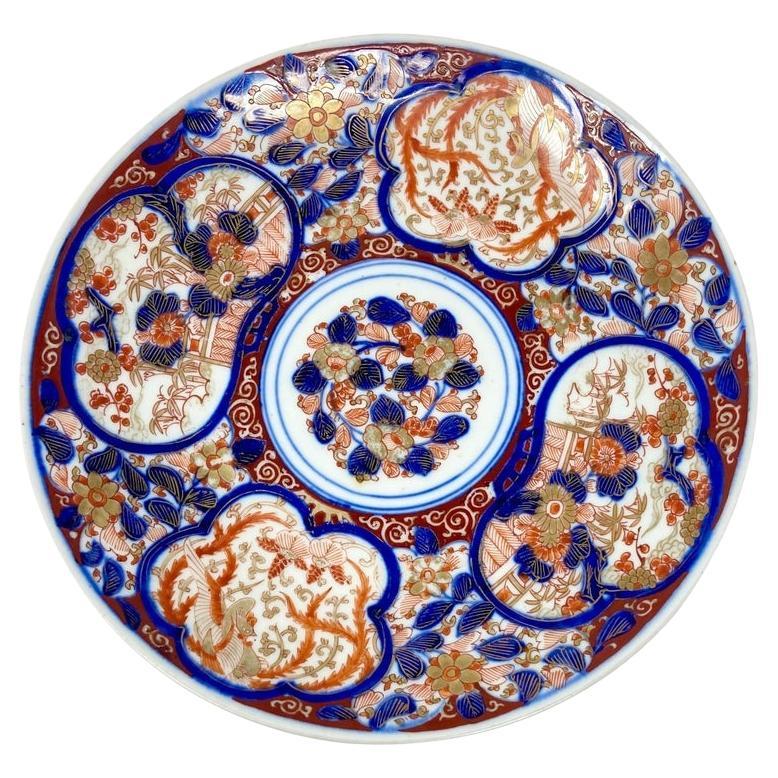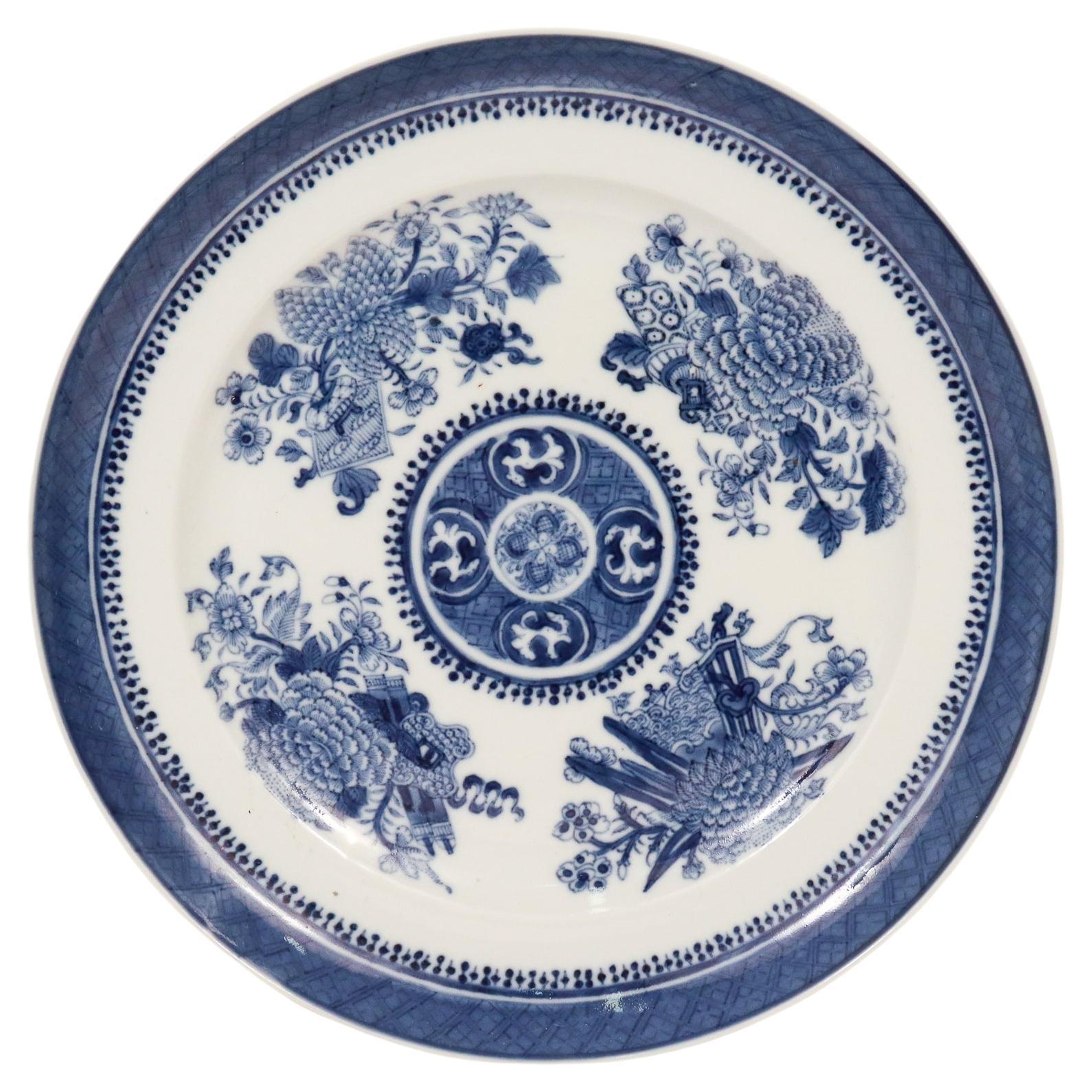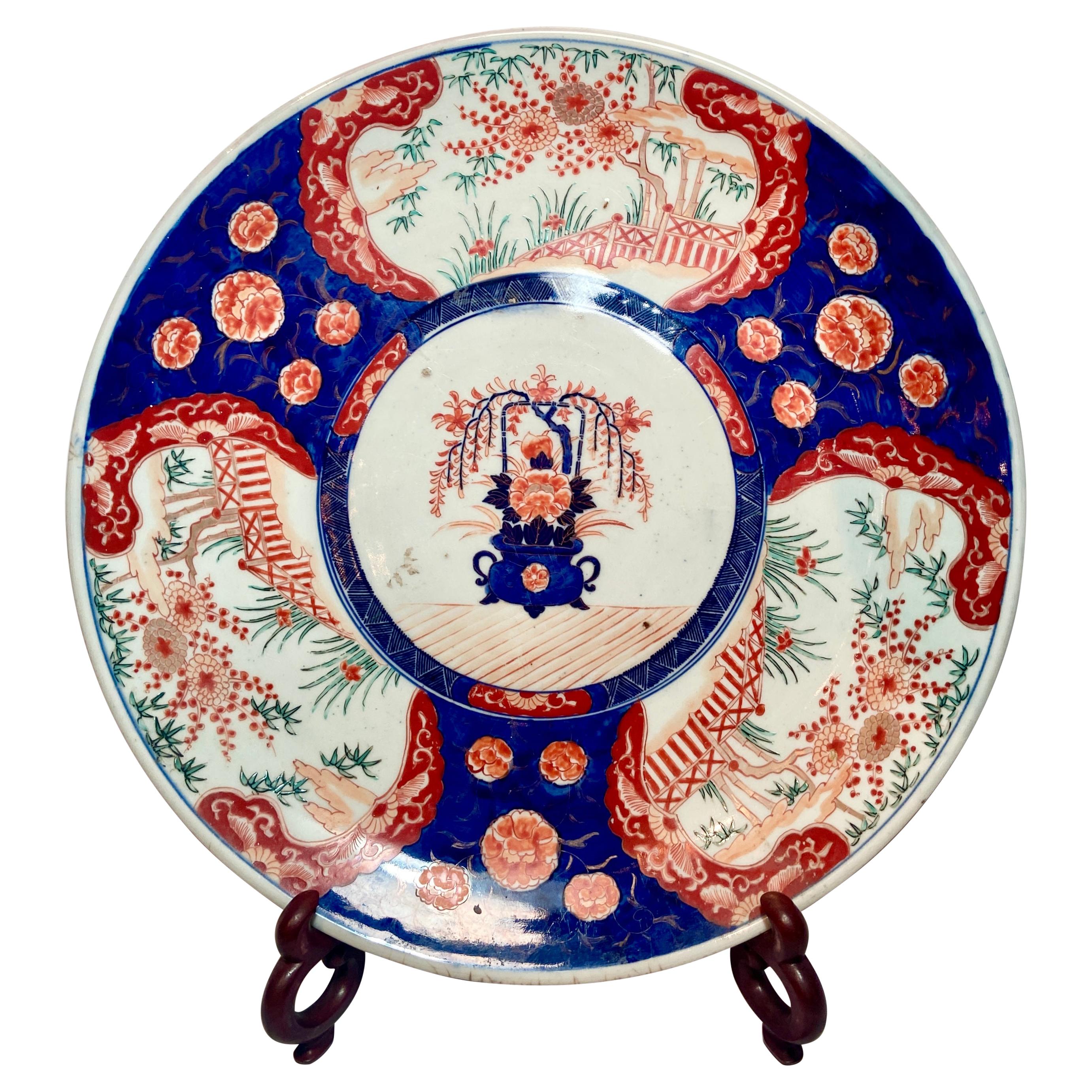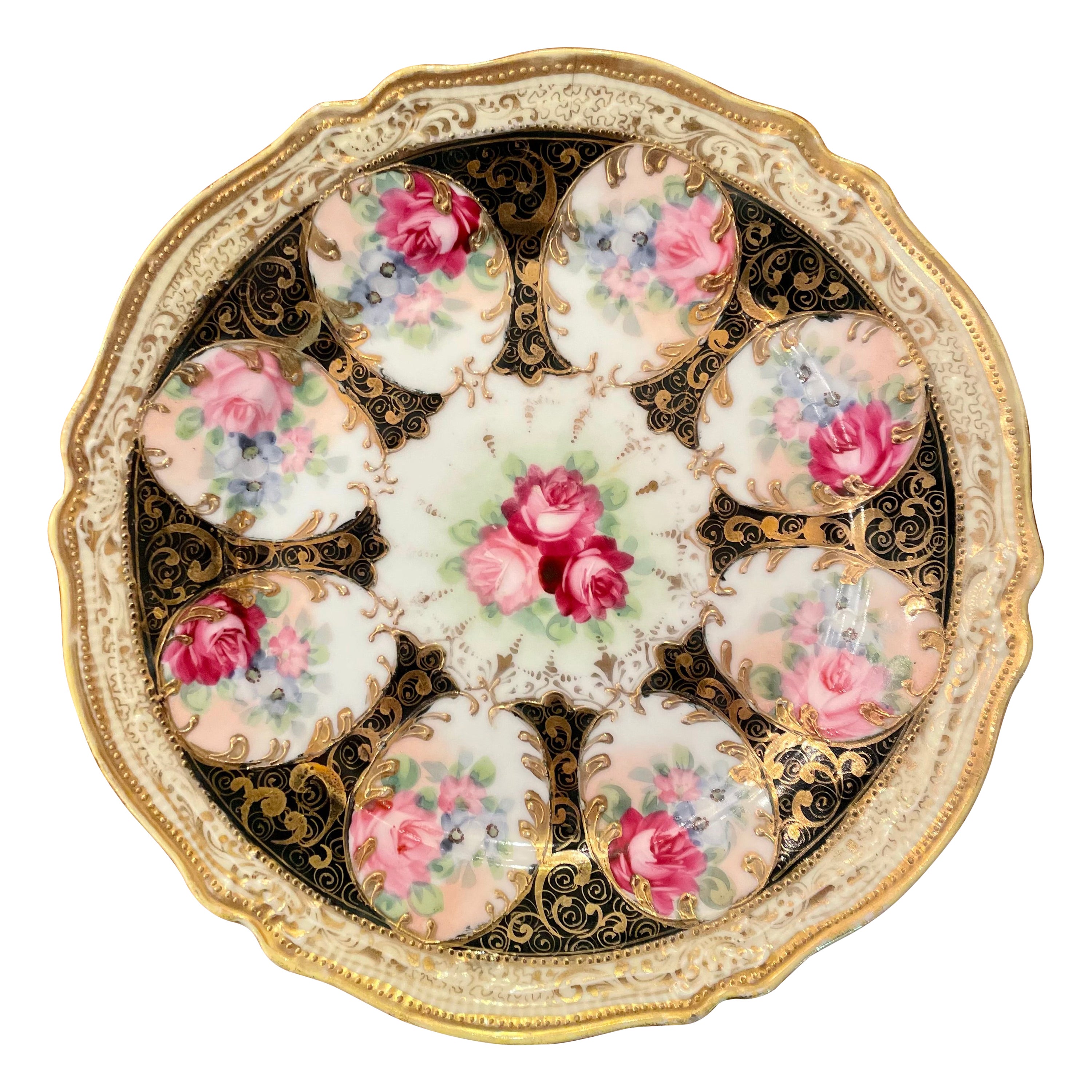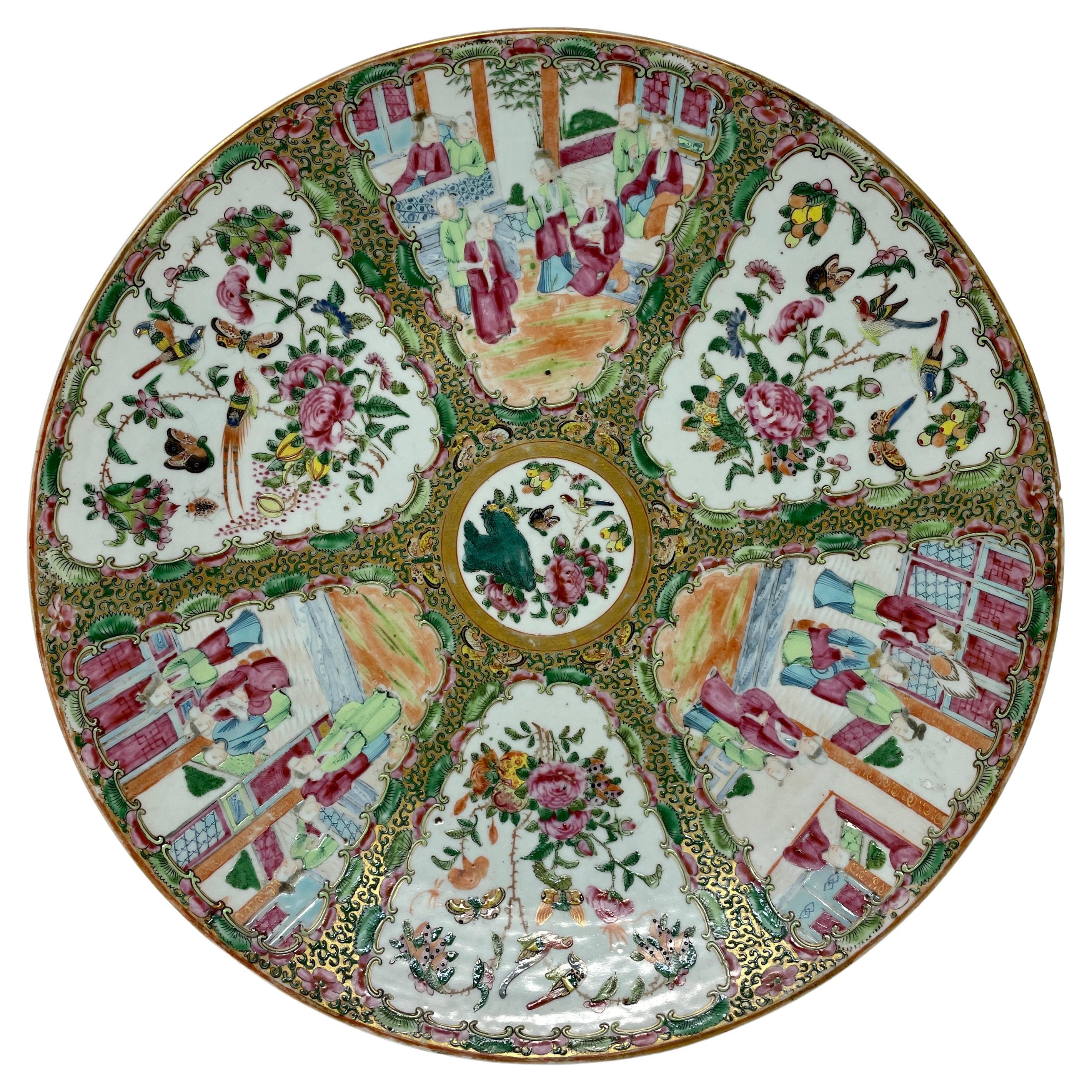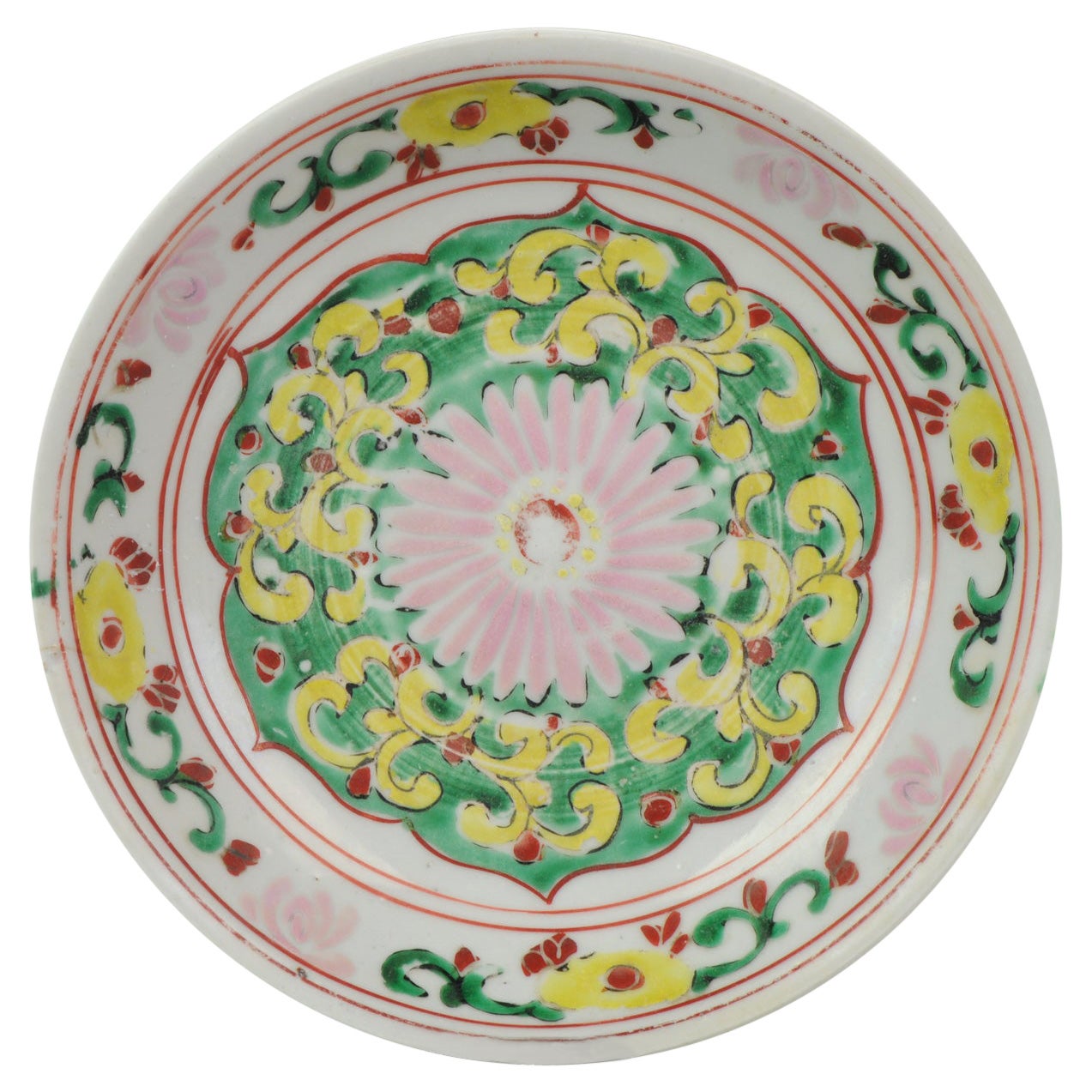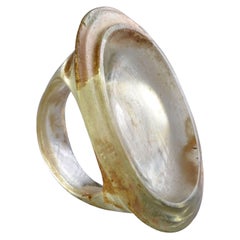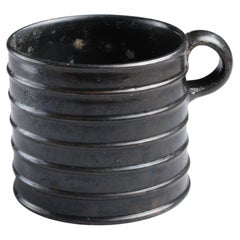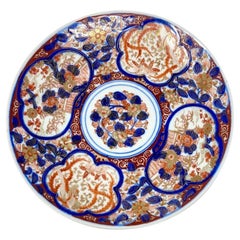
Antique Nanking Cargo Shipwreck Porcelain Plate, 1750 AD
View Similar Items
Want more images or videos?
Request additional images or videos from the seller
1 of 5
Antique Nanking Cargo Shipwreck Porcelain Plate, 1750 AD
About the Item
- Dimensions:Height: 1 in (2.54 cm)Diameter: 9 in (22.86 cm)
- Materials and Techniques:
- Place of Origin:
- Period:1750-1759
- Date of Manufacture:1750 AD
- Condition:Perfectly preserved,no chips or hairlines. Vibrant decoration and with original Christie's sticker, a superb example.
- Seller Location:London, GB
- Reference Number:1stDibs: LU105227103293
About the Seller
5.0
Recognized Seller
These prestigious sellers are industry leaders and represent the highest echelon for item quality and design.
Established in 2008
1stDibs seller since 2014
100 sales on 1stDibs
Typical response time: 8 hours
Associations
LAPADA - The Association of Arts & Antiques DealersInternational Confederation of Art and Antique Dealers' AssociationsThe British Antique Dealers' Association
More From This SellerView All
- Ancient Hellenistic Glass Finger RingLocated in London, GBThis beautifully preserved ring was cast from light green transparent glass. Its large size and shape are typical of Hellenistic finger rings, and its now ...Category
Antique 15th Century and Earlier Classical Greek Glass
MaterialsGlass
- Ancient Greek Black Glaze Ribbed MugLocated in London, GBGreek black-glaze ribbed mug Athens, circa 475-425 B.C. terracotta. The mug is of a straight-sided, cylindrical form with seven horizontal ribs and an applied ring handle just below the lip. The base is flat with a slightly raised foot running around the circumference. The very centre of the underside is reserved and with traces of ochre pigment. Intact, some slight chipping to the glaze touched in, areas of incrustation to the base and interior. This strikingly modern piece is a fine example of Attic black...Category
Antique 15th Century and Earlier Greek Classical Greek Ceramics
MaterialsTerracotta
- Ancient Roman Turquoise Glass CupLocated in London, GBTurquoise glass cup Roman Empire, circa 3rd-4th century A.D. With old label reading ‘’965’’. “Pliny relates that the art of glass-making [.] was actua...Category
Antique 15th Century and Earlier Italian Classical Roman Glass
MaterialsGlass
- Sculptural Iron Meteorite from Morasko, PolandLocated in London, GBIron Meteorite from Morasko, Poland Circa 4.55 Billion y/o Iron, IAB-MG A sculptural iron meteorite dating to the formation of the solar system, s...Category
Antique 15th Century and Earlier Polish Natural Specimens
MaterialsIron
- Sculptural Oriented MeteoriteLocated in London, GBOriented Chondrite Meteorite Circa 4.56 Billion y/o Chondrite 24 x 20 cm, 28 cm tall on base 7.1 kg A sculptural and beautifully weathered chondrite meteorite; upon entering the atmosphere, this extraterrestrial stone would have heated the surrounding air to a temperature of over 1700 C, higher than that of the hottest lava on the planet, and enough to melt away its outer layers, leaving its surface rippled with regmaglypts, thumb-shaped impressions formed as superheated rock streaked off of the main body as it careened toward the earth. The last layer of the rock to melt would have re-solidified as the meteorite made impact, forming a charcoal coloured fusion crust, which has taken on a deep ochre-tinted patina. Chondrite meteorites such as this example were formed at the very beginning of our solar system, by the accretion of various types of dust and small grains, adrift in the vacuum of space and, as such, provide important clues about the birth of our own planet. This piece is an especially rare specimen, known as an oriented meteorite...Category
Antique 15th Century and Earlier Natural Specimens
MaterialsStone
- Natural Gogotte FormationLocated in London, GBA magnificent example of a gogotte formation composed of thick swirls and folds of sparkling sandstone. Discovered in the Oligocene sand dunes of Fontainebleau, France, formed circa 30 million years before present or later. The incredible, almost otherworldly appearance of gogottes may easily be mistaken for the work of a most talented artist. In fact, these sandstone sculptures are entirely natural in origin. They have been found in multiple locations but those from Fontainebleau, such as the present example, are the most remarkable. Thirty-five million years ago, a sea covered what is now the forest of Fontainebleau, and dunes of exceptionally fine and homogenous sand formed. As silica-rich water filtered through this sand, it turned into stone. The flow of water finely modelled the sandstone into the aesthetic concretions we now know as gogottes. These are rare and are only found sporadically several metres deep into the ground. They owe their sparkling white appearance to the extreme and unmatched purity of the Fontainebleau sand, sometimes reaching a composition of 99.9% silica. Each of them is unique – a masterpiece slowly fashioned by the hands of Nature. The intriguing name of “gogotte” was coined by French geologist Claude Guillemin (1923- 1994), who was inspired by the children’s book series Babar the Elephant. In one of the books, a group of monsters called Gogottes are shown hiding behind rocks. These rocks reminded Guillemin of the sandstone concretions...Category
Antique 15th Century and Earlier Natural Specimens
MaterialsOther
You May Also Like
- Antique Japanese Imari Porcelain Plate #6, Circa 1890'sLocated in New Orleans, LAAntique Japanese Imari Porcelain Plate #6, Circa 1890's. This is the very last plate of a set of 6 that we initially had. *Ple...Category
Antique 1890s Japanese Porcelain
MaterialsPorcelain
- Shipwrecked 18th Century Blue and White Chinese Porcelain Butter TubLocated in Fort Lauderdale, FLA Chinese export butter tub, made in the mid 18th century, salvaged from the Hatcher Porcelain Cargoes. Salvaged from the bottom of the South China Sea by Captain Michael Hatcher...Category
Antique Mid-18th Century Chinese Chinese Export Ceramics
MaterialsPorcelain
- Antique Blue & White Fitzhugh Pattern Chinese Export Porcelain PlateLocated in Philadelphia, PAA fine antique Chinese Export porcelain plate in the Fitzhugh pattern. Decorated in underglaze blue with floral devices to the face, and a border to the rim with a repeating diamo...Category
Antique 19th Century Chinese Chinese Export Porcelain
MaterialsPorcelain
- Antique 19th Century Japanese "Imari" Porcelain Plate on StandLocated in New Orleans, LAStunning antique 19th century Japanese "Imari" porcelain plate on stand. 18" diameter plate. (21" high on stand).Category
Antique 19th Century Japanese Ceramics
MaterialsPorcelain
- Antique Japanese Porcelain Gold, Ivory & Black with Florals Plate, Circa 1900Located in New Orleans, LAAntique Japanese porcelain plate, hand-decorated gold, ivory & black with florals, Circa 1900.Category
Early 20th Century Japanese Porcelain
MaterialsPorcelain
- Large Antique Chinese Famille Rose Porcelain Charger Plate, Circa 1880-1890Located in New Orleans, LALarge Antique Chinese Famille Rose or Rose Medallion porcelain charger plate, circa 1880s-1890s.Category
Antique Late 19th Century Chinese Porcelain
MaterialsPorcelain
Recently Viewed
View AllMore Ways To Browse
Willow Plates
Hatcher Blue White
Blue And White Hatcher
Blue And White Canton Porcelain
Shipwreck China
Singapore Antique
Blue Willow China
Chinese Antique Canton Porcelain
Asian Art Porcelain Sold
Blue Canton Plates
Singapore Antique Furniture
Shipwreck Ceramics
Voc Plate
Chinese Nanking
Antique Blue Willow China
Blue Willow Plates
Antique Furniture In Singapore
Nanking China
